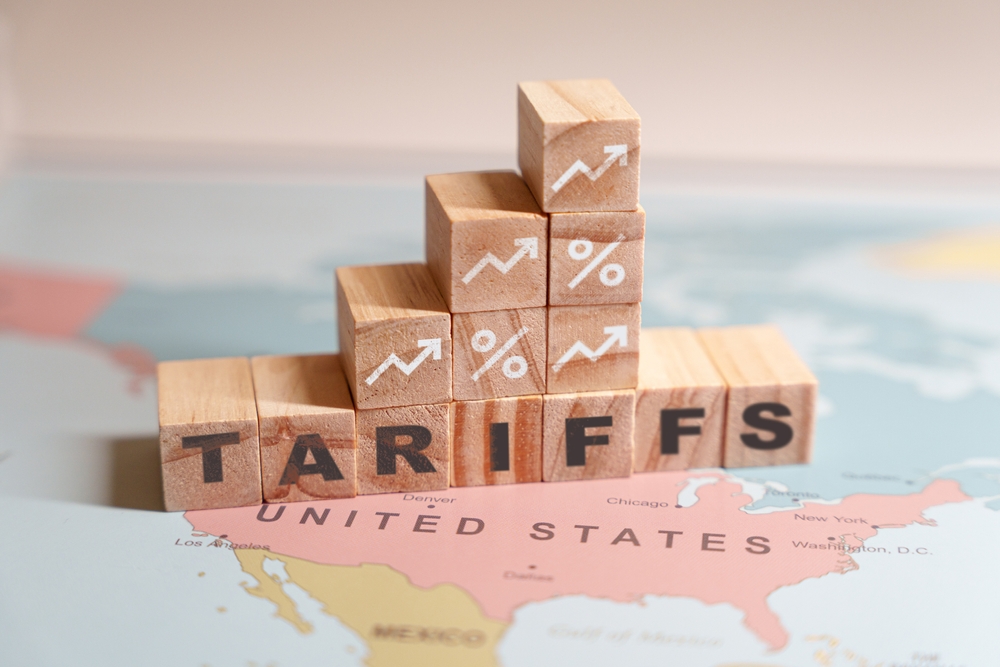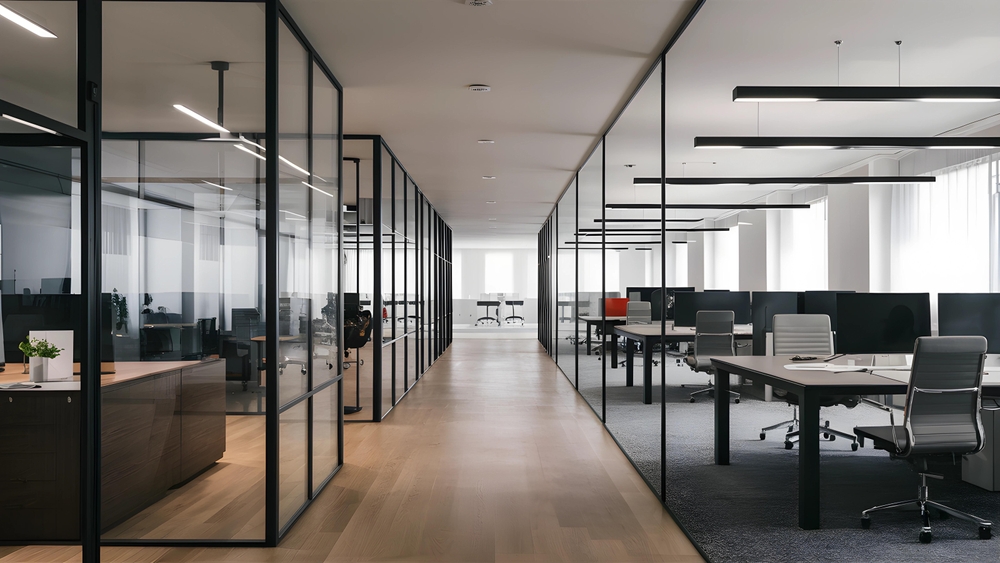FAQ
How do trump tariffs affect commercial real estate leasing rates?
Tariffs increase the cost of construction materials like steel and lumber, which raises development and renovation costs for commercial landlords. These higher costs can lead to increased rents or slowed leasing activity as tenants reassess their budgets. Additionally, economic uncertainty caused by tariffs can make companies cautious, leading to fewer new lease signings or expansions. Landlords face pressure to maintain occupancy and must find ways to offer value beyond rent, such as enhanced tenant engagement, flexible lease terms, or sustainability initiatives, to remain competitive despite market headwinds.
What is tenant engagement and why is it important during tariff uncertainty?
Tenant engagement refers to the strategies landlords use to build strong relationships with tenants, including proactive communication, personalized services, community-building, and access to amenities. During times of tariff-driven economic uncertainty, tenant engagement becomes even more important. Engaged tenants are more likely to stay, renew leases, and feel supported, even when facing cost pressures. Effective engagement can help landlords reduce vacancy risk, gather valuable feedback, and deliver services that increase tenant satisfaction and loyalty—ultimately protecting the asset’s value despite external economic challenges.
How can commercial landlords use tenant engagement to mitigate the impact of tariffs?
Landlords can leverage tenant engagement platforms and strategies to offset some tariff-related risks. By improving communication about shared costs, offering flexible lease structures, supporting tenants through economic challenges, and creating a strong sense of community, landlords can retain tenants even when market conditions tighten. Digital engagement tools also generate data that help identify at-risk tenants, enabling landlords to intervene early. Additionally, offering shared services, wellness programs, or in-building events can enhance tenant satisfaction and justify occupancy, helping landlords maintain cash flow even as construction or operating costs rise due to tariffs.


